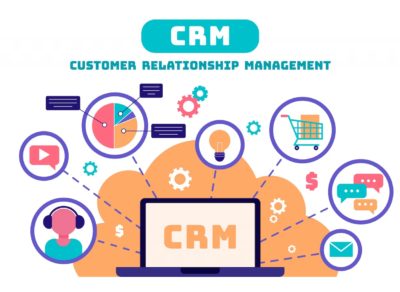
4 types of digital banks in the market
All conventional banking services, procedures, and operations are being digitized in order to better serve clients via internet channels. What precisely are digital banking services? Benefits and Types of digital banks?
The advantages of digital banks for customers
Money saved

Checking and accounting take up a lot of time and money at traditional institutions. Operating expenses are greatly decreased by digital banking software by removing duplicate back-office procedures.
By automating the procedures related to everyday transactions, digital banking systems relieve banks of a lot of effort. With fewer processes and participants in transactions, digitization lowers the possibility of expensive financial mistakes.
Greater usability
Customers and digital banks may open accounts from any internet-capable device in a matter of minutes thanks to integrated KYC and AML standards. Banks can rapidly and efficiently serve consumers thanks to ID verification systems and risk evaluations, enabling non-bank customers to access financial services.
Increased individualization
Artificial intelligence (AI) and machine learning-based personalization are made possible by digital banking software (ML). At the appropriate moment, banks may provide consumers with pertinent financial solutions, interactive tools, and instructional materials. Customers are informed and engaged by a variety of solutions, including automated budgeting, expenditure analytics, savings reminders, and others.
The types of digital banks
Neobank

Neobank can be considered one of the types of digital bank a virtual bank that only has an online presence and offers its clients mobile apps for remote access to its services. Many neobanks collaborate with an existing bank to do activities that need a bank license even if they lack one (which means, their customers need to create an account at the partner bank). When compared to regulated banks, a neobank often offers a smaller selection of services.
Smartosc solutions : BACKBASE DIGITAL BANKING, BUY NOW PAY LATER, LOS, CDP, EKYC, DIGITAL ONBOARDING
Challenger bank

This phrase of types of digital banks, which has its roots in the UK, describes a freshly established bank that “challenges” the established financial institutions. Challenger banks concentrate on the customer groups that the major financial institutions underserved since they are more user-friendly and cost-effective for the end user.
New bank

These are new banks that have been granted full banking licenses and provide the entire spectrum of banking services. The only thing of type of digital bank that differentiates them from traditional banks with physical locations is that they do their business only online. These new financial institutions include Revolut, Monzo, N26, and Starling Bank as some examples.
Nonbank

These are non-banking organizations that provide financial services, such as simplified loans or mortgages, but they do not take deposits or provide checking and savings accounts at the same time. This is because, as the name suggests, these institutions are not banks. There are certain non-bank of types of digital banks, like Monese, that operate under an EMI license.
Digital banking solution providers

More than 65 % of banks polled by McKinsey are reportedly investigating the possibility of next-generation core banking technologies. Challenger banks’ digital banking services are compelling established banks to review antiquated systems in their core operations.
By working with SmartOSC, a supplier of core banking software, businesses wishing to create a digital bank may save the time and expenses associated with development and constructing their bank on top of the pre-built digital banking software.
The digital banking solution from SmartOSC may be implemented on-site (source code with a license) by businesses that have a specialized IT staff in place and the necessary hardware resources. With a license for banking software, the solution may be modified with additional modules and connectors, and the product’s basic functionality can be increased.
With several sorts of digital banks, digital banking is significantly more diverse. It is probably reasonable to state that it combines online and mobile banking. We hope that the types of digital banks in this article from SmartOSC will help you learn more about online banking. Please feel free to contact us with any questions.


